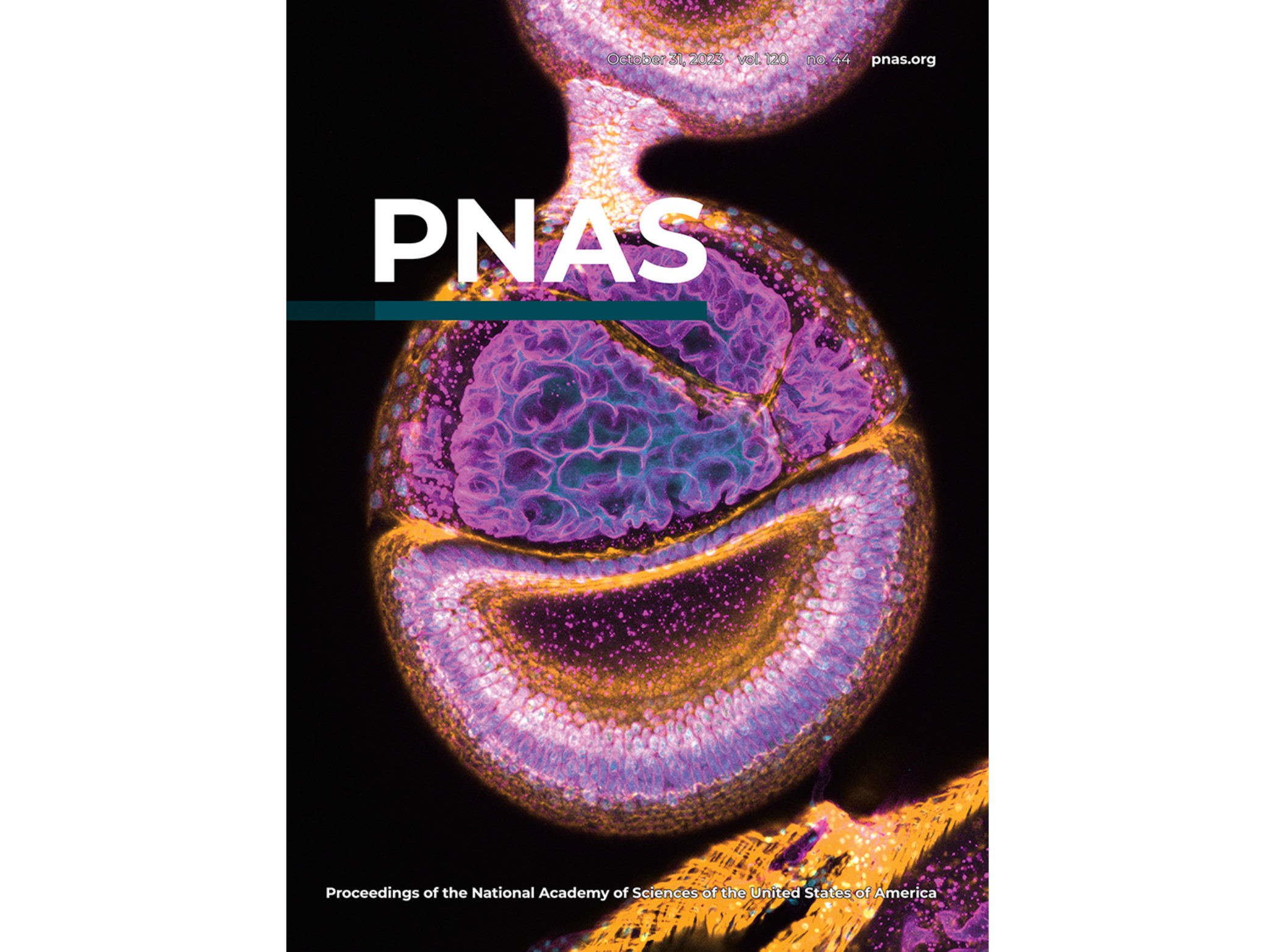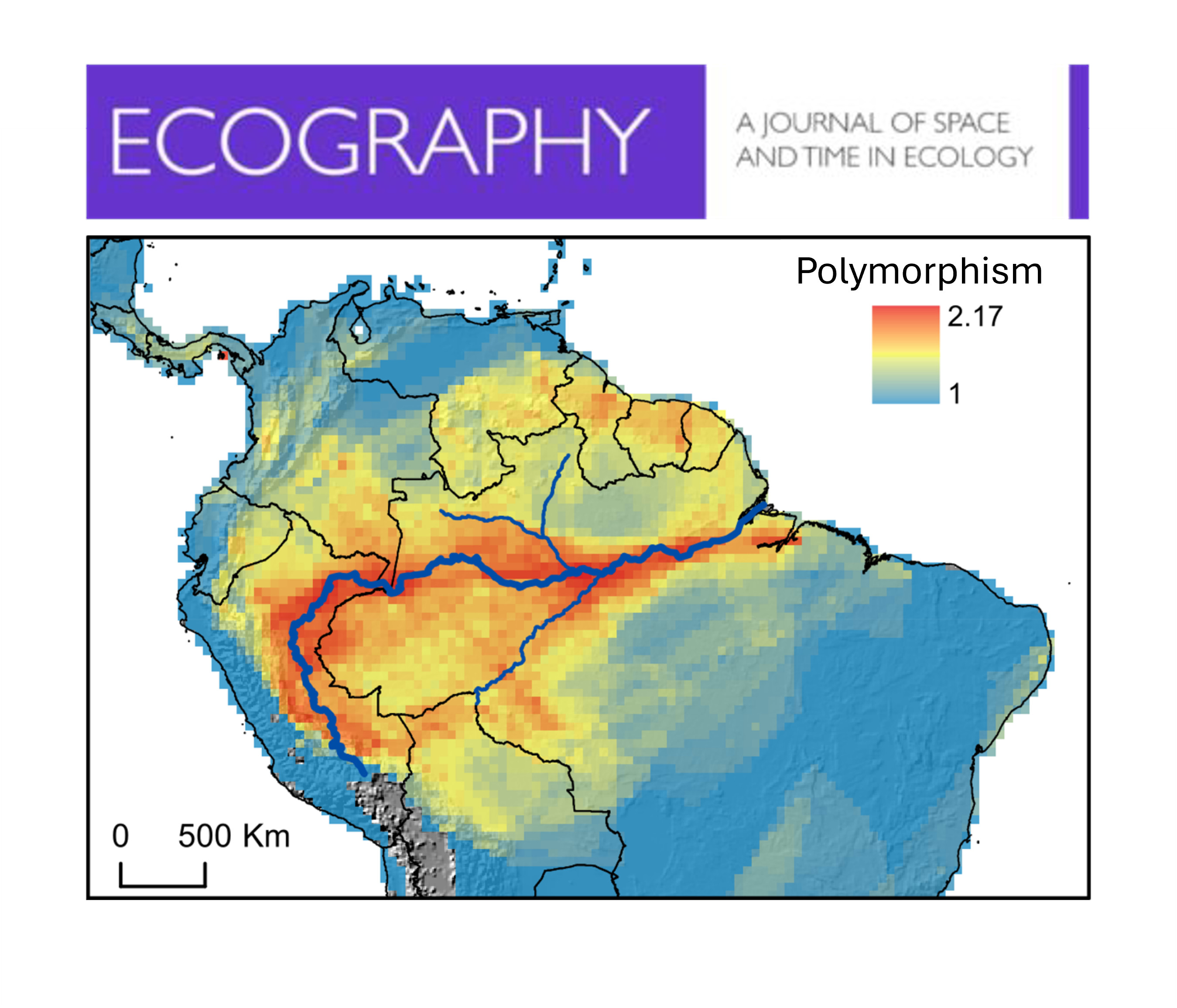Hybrid speciation
How new species originate and adapt to environments is a fundamental question in evolutionary biology.
We recently showed that the butterfly Heliconius elevatus was formed following hybridization between two lineages, H. melpomene and H. pardalinus.
Although most of the H. elevatus genome is identical to H. pardalinus,
a handful of adaptive traits derived from H. melpomene place it on its own separate adaptive peak,
and allow it to coexist in sympatry with both parental species.
Rosser et al. (2024) Nature 628(8009):811-817.
![]()
Commentary by Frayer & Coughlan (2024) Nature 628(8009):723-724.
![]()
Rosser et al. (2019) Evolution 73(9):1821-1838.
![]()
Genetics of hybrid sterility
One of the most robust generalizations about speciation is that when two animal species hybridize, the hybrids of the heterogametic sex are disproportionately less fit.
However, why this should be has remained controversial.
In Rosser et al. (2022) we showed that fitness is restored in heterogametic hybrids with recombined sex chromosomes, i.e. chromosomes with regions derived from both the parental species.
Xiong et al. (2023) showed that this paradox can be resolved if the incompatibilities underlying low fitness
are created by numerous sex chromosome factors with small individual effects.
Xiong T et al. (2023) PNAS 120(44).
![]()
Rosser N et al. (2022) Molecular Ecology 31(3):959-977.
![]()

Biogeography of the Amazon
The Amazon basin contains few obvious geographic barriers, yet it is the most biodiverse region on Earth.
In heliconiine butterflies, species distribution maps show that hybrid zones are often clustered around large rivers, implying that they play a role in population divergence.
However, maps of sampling effort also show a strong bias towards rivers; thus, the pattern could also be an artifact.
Using extensive field collections, we showed that the Amazon River is indeed a phylogeographic break for many species.
This supports the riverine barrier hypothesis for high diversity in the Amazon, which dates back to Alfred Russell Wallace.
Rosser N et al. (2021) Ecography 44(2):177-187.
![]()
Rosser N et al. (2012) Biological Journal of the Linnean Society 105:479-497.
![]()



